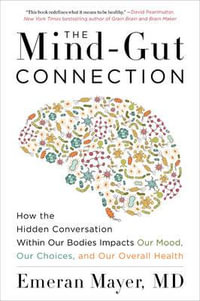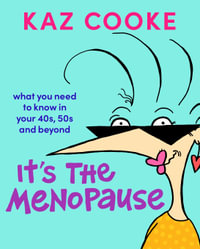I. Sex Differences: Facts and Myths.- 1. Gender Segregation in the Workplace: Continuities and Discontinuities from Childhood to Adulthood.- The Prevalence of Gender Segregation in Childhood.- Causal Factors Underlying Gender Segregation.- Distinctive Cultures in Boys' and Girls' Groups.- Group Membership and In-Group Loyalties.- Adolescence and Cross-Sex Attraction.- References.- 2. Effects of Labor Force Participation on Sex Differences in Mortality and Morbidity.- Sex Differences in Mortality and Morbidity.- Contributions of Occupational Hazards to Sex Differences in Health.- Health-Related Behavior: A Possible Link between Labor Force Participation and Sex Differences in Health.- Effects of Labor Force Participation on Women's and Men's Health.- Labor Force Participation Rates and Sex Differences in Mortality Rates: Ecological Analyses.- Conclusions.- References.- 3. The Psychophysiology of Sex Differences as Related to Occupational Status.- A Biopsychosocial Framework.- Changing Patterns of Sex Differences in Reactivity.- Stress On and Off the Job in White-Collar Workers at Volvo.- Reactivity and "Unwinding".- Concluding Remarks.- References.- II. Work and Family: Multiple Roles.- 4. The Forms of Women's Work.- The Forms of Work.- Patterns of Productive Behavior in the United States.- Causes and Consequences of Productive Work.- Implications for Policy.- References.- 5. Coping with Role Overload.- Theoretical Basis for the Proposed Work.- Overview of Research Program.- Study 1: Role Strain and Conflict in Married Women Professionals with Young Children.- Findings of the Study.- Sex Differences in Combining Work and Family: Preliminary Analyses of Data from the Physician Study.- Future Research Directions.- References.- 6. The Relationship between Women's Work and Family Roles and Their Subjective Well-Being and Psychological Distress.- Overview.- The Study.- I. Which Aspects of Work Are Related to Mental-Health Measures?.- II. Does Family-Role Occupancy Affect the Relationship between the Mental-Health Measures and the Work-Reward and Work-Concern Factors?.- III. Does Family-Role Quality Affect the Relationship between Mental-Health Measures and Work-Reward and Work-Concern Factors?.- Discussion and Conclusions.- References.- III. Work Load and Cardiovascular Health.- 7. Women, Work-Related Stress, and Smoking.- Prevalence of Cigarette Smoking among Women.- Health Consequences of Smoking.- Smoking and Work.- The Women and Health Study.- Stress and Smoking.- Smoking and Affect Regulation.- A Model of Stress, Distress, and Smoking.- Implications for Smoking Cessation Programs.- References.- 8. The Effect of Job Demands, Job Control, and New Technologies on the Health of Employed Women: A Review.- Empirical Support for the Job Strain Model in Women.- Health Effects of Clerical Employment.- Health Effects of VDT Work.- Health Effects of Nursing Occupations.- Future Research.- References.- 9. Occupational Stress and Blood Pressure: Studies in Working Men and Women.- Use of Ambulatory Blood Pressure Monitoring to Study Psychosocial Influences on Blood Pressure.- Use of Echocardiography for Studying the Influence of Psychological Factors on the Heart.- The Role of Occupational Stress in Raising Blood Pressure.- Are There Gender Differences in the Associations between Stress and Blood Pressure?.- Conclusions.- References.- 10. On Cardiovascular Health in Women: Results from Epidemiological and Psychosocial Studies in Sweden.- International Trends in Coronary Heart Disease Mortality for Men and Women.- Job Characteristics of Different Occupations: Associations on an Aggregated Level.- Comparison of Risk Factors between Men and Women in the Same Occupations.- Personality Characteristics and Coronary Heart Disease in Women.- References.- IV. Interaction Between Women's Work and Reproductive Issues.- 11. Reproductive Technologies, Women's Health, and Career Choices.- Control of Fertility.- Contraceptive Practice.- Infertility.- Co...
























